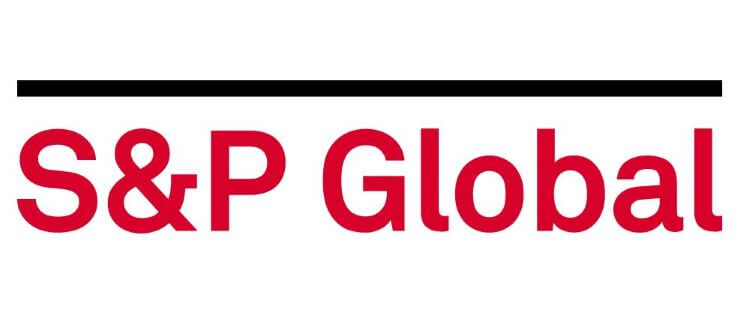United Airlines upgrades to 'BB-' on strong credit measures; outlook stable

Strong demand for passenger travel is expected to persist, allowing United to meaningfully expand capacity and improve its margins
United Airlines generated credit measures well above its previous upside rating threshold in 2022 and expects further improvement this year.
The upgrade on United primarily reflects stronger-than-expected operating results last year. The company capitalized on the post-pandemic resurgence of passenger travel demand last year. A substantial year-over-year increase in its capacity, full planes, and higher fares mitigated the effect of historically high jet fuel prices and led to a rebound in earnings and cash flow. United's funds from operations (FFO)-to-debt ratio was 16 percent in 2022, which is well above its previous upside rating threshold (of over 12 percent) and estimates. The adjusted debt-to-EBITDA ratio was 4.1x at year-end.
United will generate further improvement in its credit measures in 2023 to levels it views as firmly commensurate with the rating. The company's FFO-to-debt ratio is estimated at over 20 percent and adjusted debt to EBITDA is expected to be in the low-to-mid-3x area. The company assumes strong passenger travel demand and persistent industry supply constraints will enable it to realize continuing high fares as it further expands capacity, and more than offset rising costs.
Continued strength in air travel demand is the key driver of higher estimated earnings and cash flow
Although S&P Global Ratings forecasts weaker economic conditions this year (including a shallow recession), real GDP and consumer spending are assumed to remain positive overall this year. Moreover, the well-documented industry shortage of labor (such as trained pilots, flight attendants, and maintenance), airport infrastructure constraints, and aircraft delivery delays are likely to persist for some time, likely preserving strong airline supply/demand fundamentals and fares.
United targets year-over-year growth in available seat miles (ASMs) in the high-teen percentage area in 2023, with flat total revenue per ASM and cost per available seat mile (CASM) excluding fuel costs. The company recently affirmed its guidance for this year, including a pre-tax margin of about 9 percent, despite updated (weaker) guidance for first-quarter 2023.
United will benefit from the ongoing recovery in international passenger travel
The company is well positioned to benefit from further growth in international traffic, which has lagged behind the recovery in the U.S. Close to 37 percent of United's reported operating revenue in 2022 was generated from the company's international businesses. Its cross-Atlantic business (about 20 percent of consolidated revenue, including Africa, India, and Middle East destinations) sharply improved in 2022, and recent booking activity suggests continued strength this year. United was deliberate with its strategy of not retiring its widebody aircraft during the pandemic (in contrast to lower utilization across the broader airline industry amid subdued long-haul international passenger travel). The company generates higher profitability on international routes compared with its domestic business, and assumes stronger demand for travel outside of the U.S. will be an important driver of United's earnings growth at least through this year.
Significant planned aircraft expenditures could increase the sensitivity of United's financial risk profile to a weaker-than-expected operating environment
United estimates its credit measures will improve this year and stabilize in 2024. The company will significantly increase its capex mainly to fund new aircraft. United estimates capex at $8.5 billion this year and more than $11 billion in 2024 — well beyond historical average levels (average annual capex was about $3.5 billion from 2014-2019). The company's significant cash position (more than $16 billion) provides financial flexibility, but assumes it will use debt to fund at least a portion of its aircraft commitments.
The airline industry has been highly sensitive to changing economic conditions in the past and is also facing a sustained increase in labor costs along with general inflationary pressure (similar to that of its U.S. mainline peers). Slower-than-expected demand, particularly if jet fuel prices remain elevated, can have a material impact on margins, earnings, and credit measures if it leads to lower fares.
The company expects its earnings and cash flow will continue to improve in 2023 and 2024, led by higher passenger traffic and robust fares that mitigate cost pressures, notably related to high fuel prices and rising labor expenses. It estimates its FFO-to-debt ratio above 20 percent over this period, which includes its assumption for United to generate free cash flow deficits mainly related to significant future new aircraft deliveries.

